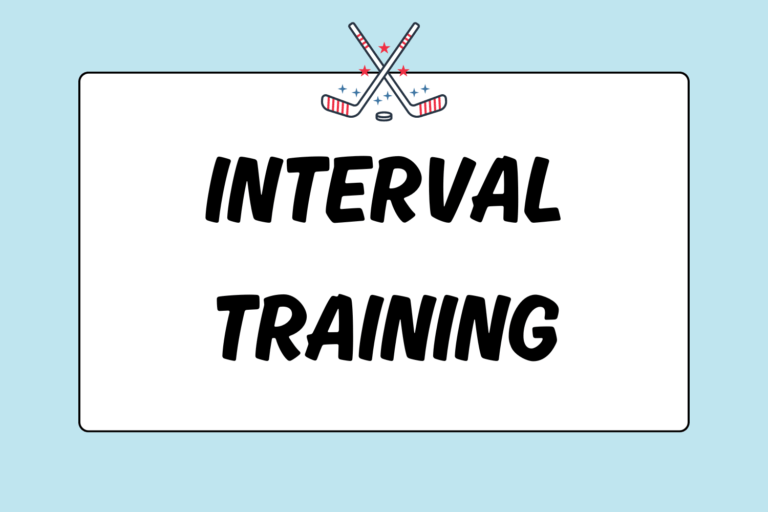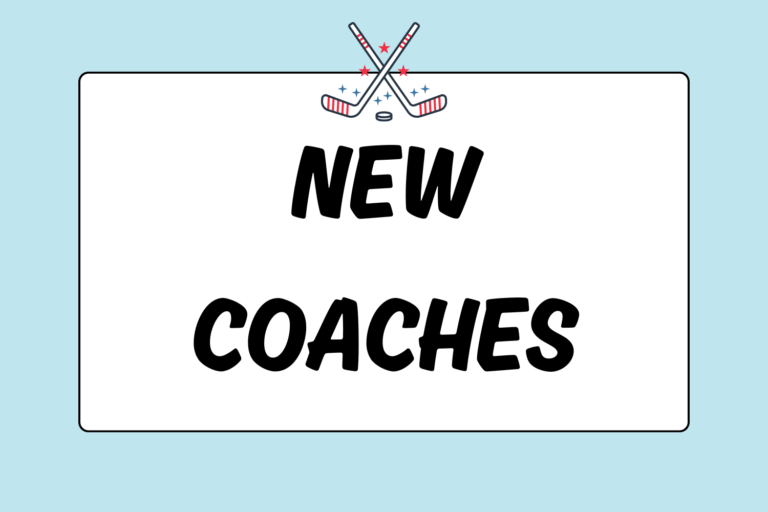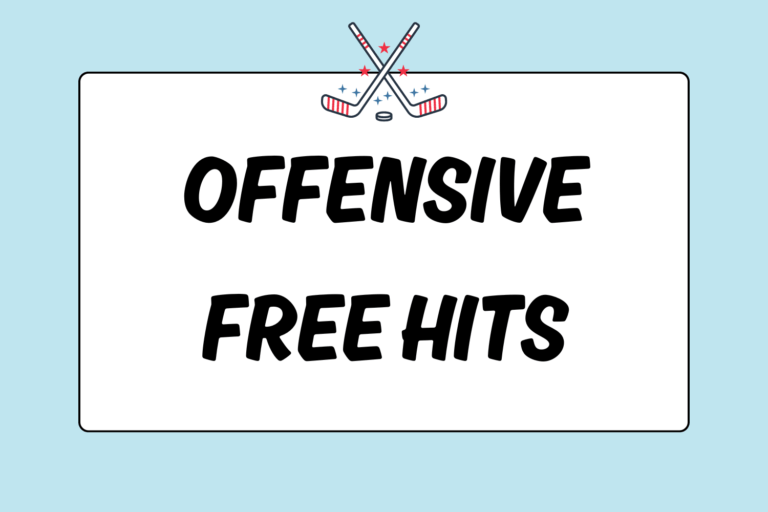Indoor field hockey (indoor hockey) is a modified version of the more popular game, outdoor field hockey. In the 1950s, indoor hockey was developed in Germany as a means to allow players who lived in extreme weather conditions to continue the sport during the off-season (winter).
In European countries where the winter weather made playing on frozen outdoor turf impractical, the popularity of indoor hockey soared. The game can be played on any hard, smooth surface, but is generally played in indoor sports facilities that have large wooden courts, like basketball courts.
Indoor hockey is very similar to outdoor hockey, but with a few exceptions. The differences lie in the field dimensions and the strategies used to adapt to the different surface and indoor conditions. This guide will cover the ins and outs of field hockey, detailing everything you need to know to start playing.
Field & Equipment
The game is played on a hard, flat surface, generally made of wood. The “field” is 48 yards long and 24 yards wide. The sidelines are replaced with sideboards that line the field, angled slightly downward to encourage the ball to rebound down and back into play. The goals measure 2 yards high, 3 yards wide, and 1 yard deep.
The game is divided into two, 30 minute halves. Throughout the game, there are rolling substitutions of field players. Players also use indoor field hockey sticks. These sticks are lighter than outdoor sticks and are designed to maneuver more easily around the ball on the indoor surface.
Positions
Six players are allowed on the field at all times: Five field players and one goaltender. But, if desired, teams are allowed to play with a sixth field player in place of the goalie.
The positions are divided into two categories: Attackers and defenders. The attackers mainly play offense and the defenders control the defense. But, their roles can switch depending on the situation. The goaltender’s job is to prevent the opposing team from scoring.
Stick Handling
The smaller-sized field and sideboards make the game quicker and more technical than outdoor hockey. Stick handling skills are the main components of the game. Strategy, then, is based on control, possession, and set plays.
A player can only use the left (flat) side of the stick to maneuver the ball. Players are not allowed to lift or hit the ball outside of the circle. In general play, field players may only push, pass, deflect, or dribble the ball (no hitting). The ball may be lifted in the shooting circle only as a direct shot on goal.
Amazingly True Story
In countries with warm weather all year, like Australia, field hockey is played as an outdoor sport year-round. But in countries with extreme winters, outdoor turf fields can become unplayable. Because of this, indoor hockey has become a popular alternative for many countries.
But in two specific countries, its popularity has soared: Germany and Austria. These countries have divided field hockey into two separate seasons: An outdoor season in the summer and an indoor season in the winter. Some argue that this has inhibited their country’s success in international competition. But the international results tell a different story. Germany’s women’s team took gold in the 2004 Olympics and Germany’s men’s team won the 2006 Field Hockey World Cup, 2007 Indoor Hockey World Cup, and the goal medal at the 2008 Olympics.
Free Pushes
If a foul is committed outside of the shooting circle, a free push will be awarded to the fouled team. Free pushes are minor penalties and can be called for a number of reasons, including:
- Obstructing another player from playing the ball
- Interfering with the stick or body when tackling
- Kicking the ball
- Lifting the ball off the ground (unless it is a shot on goal)
To complete a free push, the ball will be placed in the same spot the foul occurred. The player taking the free push is allowed to pass the ball to a teammate or self-start by dribbling the ball. On a self-start, the ball must leave the player’s stick and travel about one yard before it can be touched again and dribbled normally. Opponents must start three yards away from the player taking the push. For free pushes awarded to the offensive team within the half of the field they are attacking, all players must start three yards from the player taking the push.
Goal Scoring
The main goal in any hockey game is to outscore your opponent. With this goal in mind, there are three different ways to score a goal:
- By a field goal
- During a penalty corner
- On a penalty stroke
Field Goals
A player can take a shot on goal from anywhere on the field, but it must be touched inside of the shooting circle to count as a goal. Any goal scored during normal play is considered a field goal.
Fun Fact:
The International Hockey Federation (FIH) recognized indoor hockey as an official sport in 1968 and the first sanctioned tournament matches were held in 1972.
In 2003, the first Indoor World Cup was held in Leipzig, Germany. The host nation’s men’s and women’s teams each won a gold medal.
Penalty Corner
A penalty corner is a play awarded to the attacking team when the defensive team commits a foul inside of the shooting circle. Play is stopped and both teams are given time to set up in their respective positions.
The offensive team positions themselves around the shooting circle. Their hitter stands at the top of the circle and a stopper is positioned near her. The injector (the player who initiates the play) must start on either side of the goal, six yards away from the post, on the end line. She must keep one foot outside of the circle at all times. The injector will push the ball out to the stopper (who is generally waiting inches outside of the circle). The stopper will stop the ball so that the shooter can take a shot on goal.
Note: The ball must come out of the shooting circle before a goal can be scored. Also, the shooter cannot slap or hit the ball (there can be no backswing) — she must push it into the goal or use a drag flick.
The defense is allowed to have up to six field players, including the goalie, on the end line for the play. The goalie is the only player allowed inside of the goal. All remaining field players must stand outside of the goal, behind the end line, and on the opposite side of the goal from the injector. Any defensive player not involved in the play must return to the field’s center line.
If a team is playing with six field players and no goalie, six players are allowed to start on the end line and outside of the goal. However, the players must remain behind the end line until the ball is played.
The penalty corner ends when:
- A goal is scored
- A free push is awarded to the defending team
- The ball travels three yards outside of the shooting circle
- The ball is played over the backline
- The ball travels over a sideboard
Penalty Stroke
A penalty stroke is an offensive play awarded when the defense commits a foul inside the shooting circle that results in the prevention of a sure goal. During a penalty stroke, play is stopped and the ball is placed on the penalty spot, seven yards away from the center of the goal.
A single shot is taken against the goalie. The player chosen from the attacking team is allowed to push, flick, or scoop the ball at the goal for the shot. The goaltender must start behind the goal line until the ball is played. The play is finished when the ball is scored or stopped by the goalie.
Check It Out
Basically, indoor hockey is just like outdoor field hockey, but on a smaller field. The game is much smaller, faster, and more controlled because of the limited space and the ability to rebound the ball off the sideboards. The game is known to improve a player’s sticking handling skills and vision on the field.
If you’ve been playing outdoor field hockey, your skills can easily transfer over to indoor hockey. All you need to do is practice the basics skills. So, check out our guides to learn and perfect your indoor and outdoor hockey skills!





